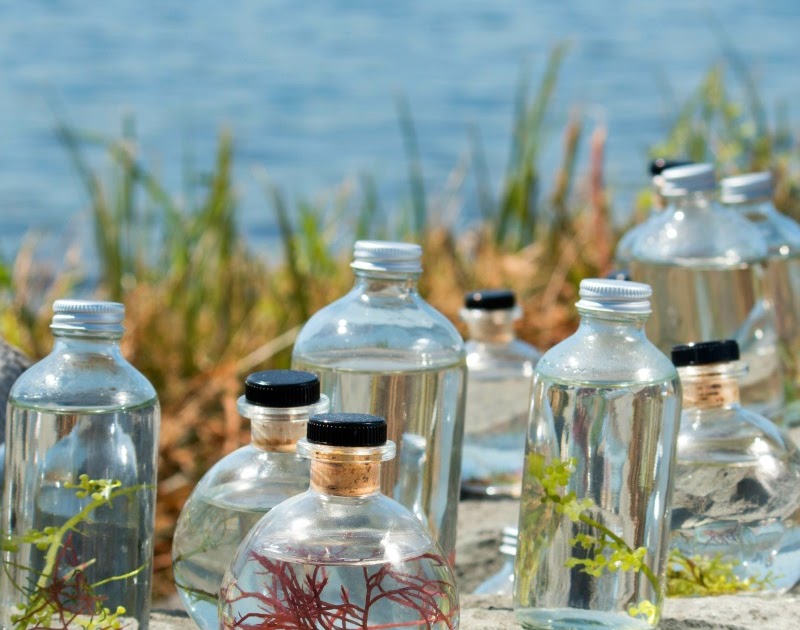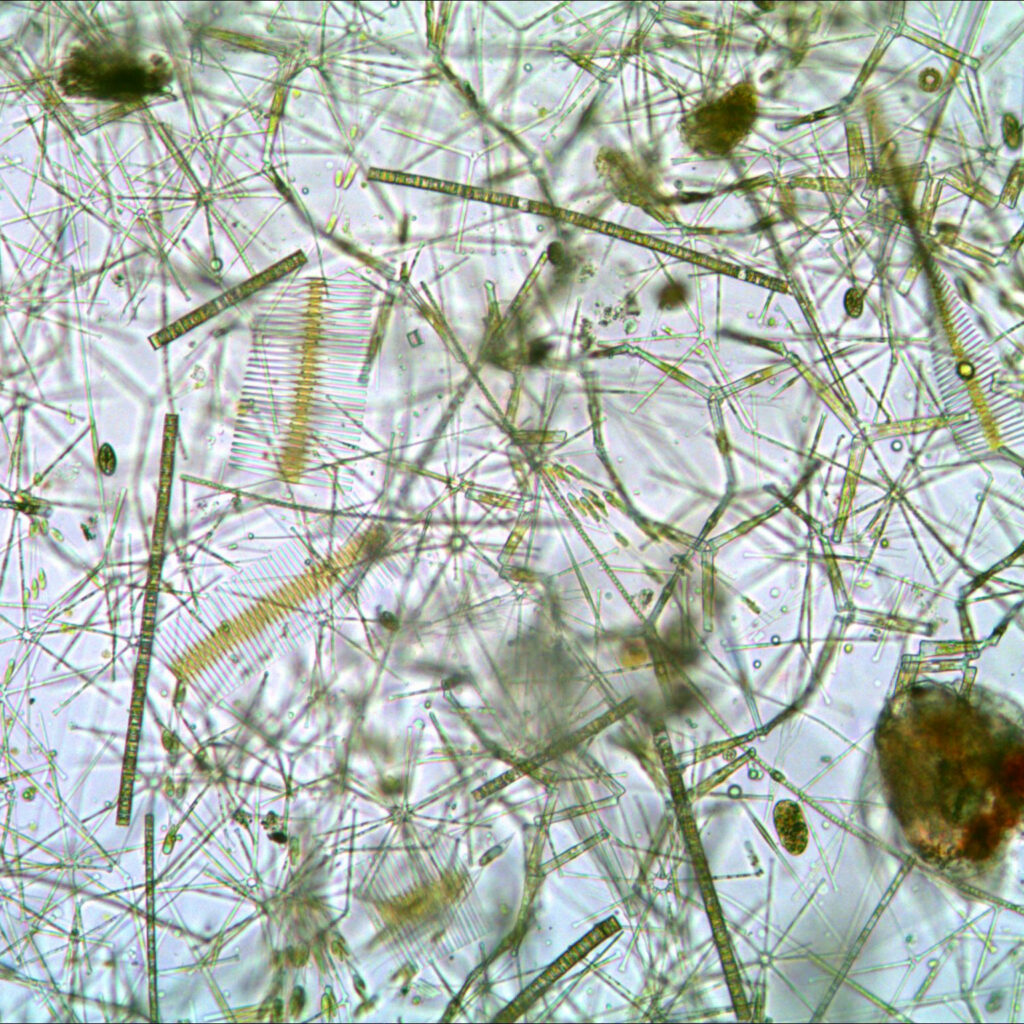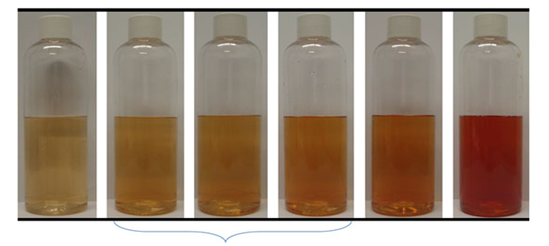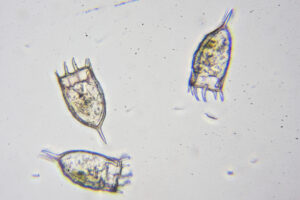For more information about the types of samples you can submit to LAC and how to collect them, keep reading. A downloadable PDF version with full instructions is also available here:
How to Submit an Algae Sample
Sending us a sample? Great! Please make sure to submit an online Chain of Custody form using our submission tool. You can click the button below, or the link on the website header.
When you’ve submitted an online form, the samples can be shipped to:
- #105-2081 McDougall Road
- West Kelowna, BC, V1Z 4A2
Pack your sample bottles securely into a cooler, and include adequate ice / coldpacks to keep samples cool for the trip. Samples should stay near 4°C during transit. If your sample requires preservatives, please review our sample preservation instructions below.
Phytoplankton Samples
Samples should be collected in clean 1L plastic or glass bottles.
Label bottles with:
- Date and time
- Client
- Project (if applicable)
- Sample ID or location
- Preservation (Y or N)
- Sampled by: ______

Sampling:
- Wear gloves
- If sampling in a creek/river, do not disturb algae buildup on rocks/sediment
- If you must step into the creek, wait for the water to settle or sample upstream of the disturbance
- Triple rinse bottle with designated sample water
- Fill rinsed bottle with designated sample water
- Use a Van Dorn chamber to collect deep samples from target depth(s)
- Do not deliberately target algae clumps
- If desired, these may be collected and labeled separately and submitted as a secondary sample for Simple Dominant ID
- Immediately place samples upright in a chilled dark cooler
- Shipping:
- Submit all samples to the LAC Online Portal
- Ship your coolers to LAC (see address above)

Periphyton Samples
Samples should be collected in clean 500mL-1L plastic or glass bottles.
Use a surface area indicator or sampling ring to ensure a consistent surface area is collected in each sample.
Label bottles with:
- Date and time
- Client
- Project (if applicable)
- Sample ID or location
- Total surface area sampled
- Preservation (Y or N)
- Sampled by: ______
Sampling:
- Wear gloves
- If multiple samples are being collected:
- Make note of the substrate type for each sample
- Try to sample from areas with similar size stones/cobbles
- For each submitted sample, select 5 random stones/cobbles of a similar size.
- One side of stones should be smooth
- Place stones in a tray
- Use the sampling ring to define an area on the top of each stone
- Keep note of the diameter of the ring used
- Scrape all periphyton loose within target area
- Use squirt bottle of distilled or de-ionized water to rinse loosened periphyton into clean sampling bottle
- Approximately 100mL per stone
- Repeat for all 5 stones
- Record the total surface area sampled on the bottle
- This value must also be submitted to the LAC Online Portal along with the rest of the sample information
- Place samples upright in a chilled dark cooler
- Shipping:
- Submit all samples to the LAC Online Portal
- Ship your coolers to LAC (see address above)
Preserving a Sample with Lugol's Iodine
Lugol’s iodine can be used to extend sample shelf-life.
The downside of this process is cell features with starch darken making identification difficult. Applying too much Lugol’s iodine can make cell ID impossible in some cases. The image below shows optimal colour ranges for preservative with Lugol’s Iodine. Whenever possible, please keep preserved samples refrigerated.


Preserving a sample:
- Set up near a consistent light source, such as a window
- Wear gloves
- Shake sample
- Apply a small amount of Lugol’s to sample:
- Use a pipette or eye-dropper to administer ~2 mL of Lugol’s iodine to the sample
- Shake sample thoroughly
- When Lugol’s is evenly distributed in sample, hold it up to a light or window
- Check sample colour against picture above
- If sample is too light, repeat step 4
- When the colour matches the picture above, do not add more Lugol’s
- A typical 1L sample will require about 12 mL of Lugol’s
When complete, the sample should appear yellowy/orange, similar to weak tea or iced tea.
Zooplankton
Larratt Aquatic Consulting Ltd. does not analayze zooplankton beyond identification to order. For zooplankton inquiries please contact Cordillera Consulting in Summerland B.C. (250-494-7553).

For inquiries about sample pricing, please contact us.
